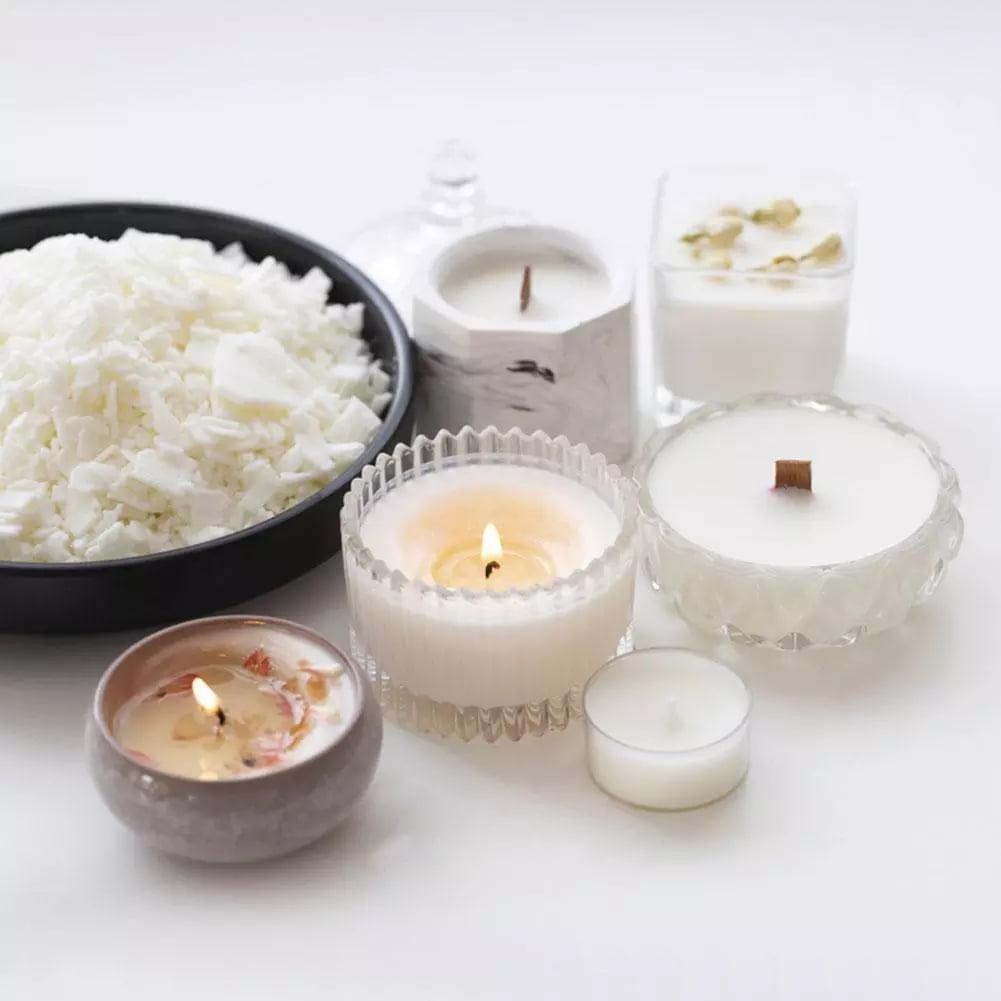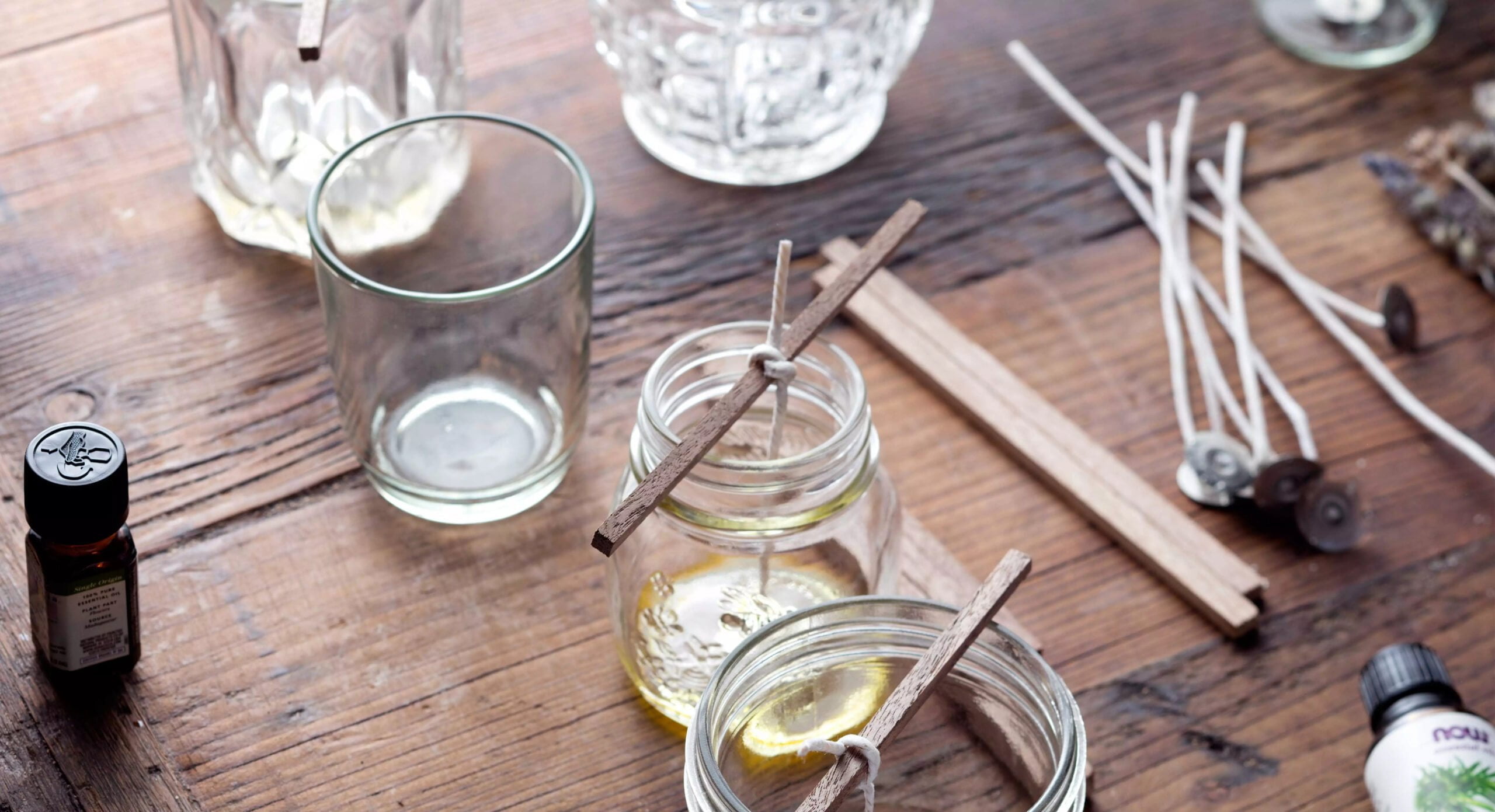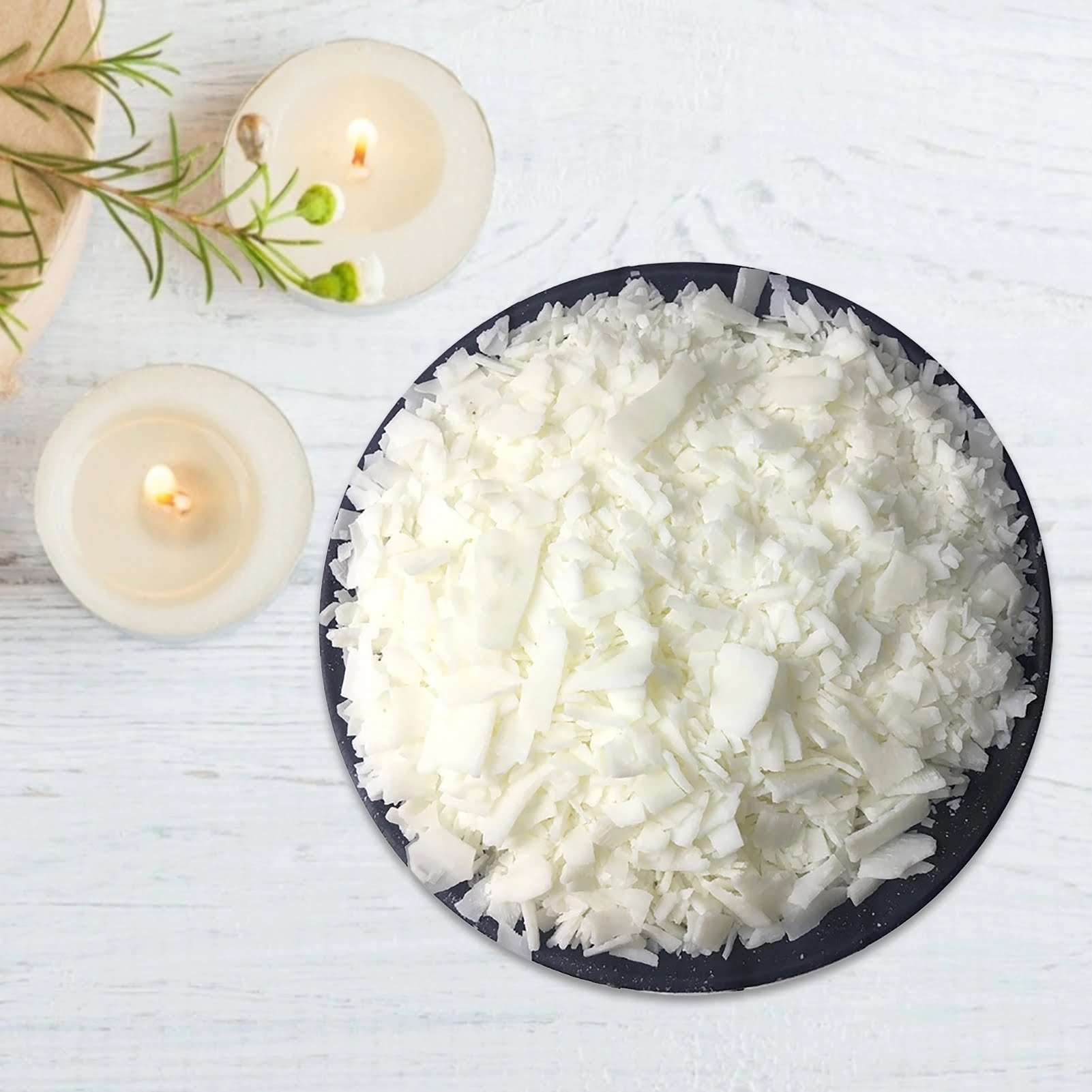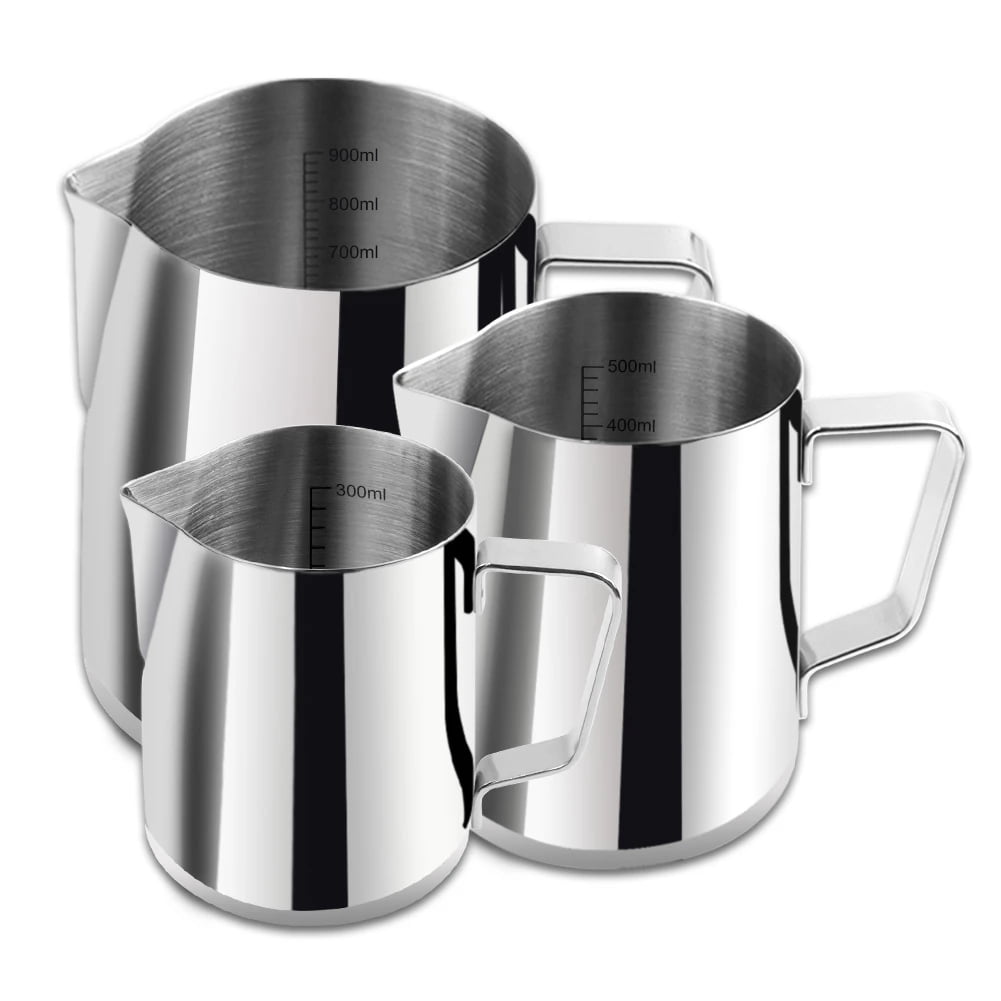Are you wondering which wax is best for making candle melts? Choosing the right wax is crucial in creating high-quality and long-lasting candle melts. The type of wax used can greatly affect the scent throw, melting point, and overall performance of your candle melts. In this article, we will explore the different types of waxes commonly used for making candle melts and discuss their pros and cons.
When it comes to choosing the best wax for making candle melts, there are several factors to consider. From the melting point to color options, each type of wax offers unique qualities that can impact the final product. Understanding these factors and how they contribute to the overall performance of your candle melts is essential in creating a successful product.
In this comprehensive guide, we will delve into the various types of waxes commonly used in making candle melts, including paraffin wax, soy wax, beeswax, coconut wax, and blended waxes. By understanding the benefits and drawbacks of each type of wax, you will be better equipped to choose the best option for your specific needs and preferences.
Whether you are a beginner or experienced crafter, this article aims to provide valuable insights into selecting the ideal wax for making high-quality candle melts.
What to Consider When Choosing Wax for Candle Melts
Choosing the right wax is crucial when making candle melts, as it directly affects the quality and performance of the final product. There are several factors to consider when selecting wax for candle melts, including melting point, scent throw, and color options. Here are some key considerations to keep in mind when choosing the best wax for making candle melts:
- Melting Point: The melting point of the wax determines how well it will hold and release fragrance. For candle melts, a lower melting point is preferred to ensure that the wax quickly releases the scent when heated.
- Scent Throw: Scent throw refers to how well the wax carries and disperses fragrance into the air when melted. It is important to choose a wax that offers excellent scent throw to maximize the aromatic experience of candle melts.
- Color Options: Some waxes naturally have a creamy or off-white color, while others can be easily dyed to create vibrant hues. Consider whether you want a natural look or if you plan to use colored dyes when selecting a wax for your candle melts.
When determining which wax is best for making candle melts, take these factors into account to ensure that you achieve the desired results in terms of fragrance strength, melting characteristics, and aesthetic appeal.
It is essential to carefully evaluate each factor before making a decision. Different types of waxes offer distinct benefits and drawbacks, so understanding these considerations will help you determine which type of wax aligns with your specific preferences and requirements.
Paraffin Wax
However, there are some drawbacks to using paraffin wax for candle melts. One of the main concerns is its association with fossil fuels and the environment. Some individuals may prefer to avoid paraffin wax due to its non-renewable source and potential negative impact on air quality when burned. Additionally, paraffin wax has a higher melting point compared to other types of waxes, which can affect the overall performance of the candle melt.
When considering whether to use paraffin wax for making candle melts, it is crucial to weigh the pros and cons carefully. While it offers benefits such as affordability and strong scent throw, its environmental impact and higher melting point should also be taken into account. Ultimately, the choice of wax will depend on individual preferences and priorities in terms of cost, fragrance intensity, and sustainability.
| Pros of Paraffin Wax | Cons of Paraffin Wax |
|---|---|
| Affordable | Non-renewable source |
| Strong fragrance throw | Potential negative impact on air quality |
| Widely available | Higher melting point |
Soy Wax
Soy wax has become a popular choice for making candle melts due to its natural origins and clean-burning qualities. One of the main benefits of using soy wax for candle melts is its environmentally friendly nature. Soy wax is made from soybean oil, which is a renewable resource, making it a sustainable option compared to paraffin wax, which is derived from petroleum.
In addition to being eco-friendly, soy wax also has the advantage of providing a cleaner and longer burn than other waxes. This means that when used for candle melts, soy wax can offer a longer-lasting fragrance experience compared to paraffin or other types of waxes. Furthermore, soy wax has a lower melting point than paraffin, which allows for a more even release of fragrance when used as candle melts.
Despite its many benefits, there are some drawbacks to using soy wax for candle melts. One of the main considerations when using soy wax is its softer consistency, which can make it more challenging to work with compared to paraffin or beeswax.
Additionally, while soy wax does provide an excellent scent throw, it may not always hold fragrance as well as other waxes such as paraffin. It’s important for individuals to consider these factors when choosing the best wax for their candle melt-making needs.
| Soy Wax Benefits | Soy Wax Drawbacks |
|---|---|
| Environmentally friendly and renewable | Softer consistency can be challenging to work with |
| Cleaner and longer burn | May not always hold fragrance as well as other waxes |
Beeswax
Here are some unique qualities of beeswax that set it apart from other waxes:
- Natural Scent: Beeswax has a natural honey fragrance which adds a subtle and pleasant aroma to candle melts. This eliminates the need for artificial fragrances and makes beeswax an appealing choice for those who prefer natural products.
- Clean-Burning: Beeswax produces minimal soot when burned, creating a cleaner environment compared to other waxes. This quality makes it ideal for indoor use, especially for individuals with sensitivities to soot or smoke.
- Slow Burn Time: Candle melts made with beeswax have a slower burn time compared to other waxes. This means that the scent is released gradually over an extended period, providing long-lasting aromatherapy benefits.
When considering which wax is best for making candle melts, it’s important to weigh the unique qualities of each type of wax. Beeswax offers natural fragrance, clean-burning properties, and a slow burn time, making it an excellent choice for those who prioritize these characteristics in their candle melts.
Coconut Wax
Coconut wax has been gaining popularity in the candle-making industry due to its unique characteristics that set it apart from other types of waxes. When it comes to making candle melts, coconut wax is becoming a popular choice for many crafters and artisans.
Benefits of Coconut Wax for Making Candle Melts
One of the main benefits of using coconut wax for making candle melts is its clean and slow burn. Coconut wax has a lower melting point compared to other waxes, which allows for a longer-lasting scent throw when used in candle melts. Additionally, coconut wax is known for its excellent scent throw, meaning it effectively releases fragrance into the air when melted.
Moreover, coconut wax is natural and renewable, making it an eco-friendly option for those who are environmentally conscious. It is also known to produce minimal soot when burned, contributing to cleaner air quality in your home.
Drawbacks of Coconut Wax
Despite its many benefits, there are some drawbacks to using coconut wax for making candle melts. One of the main concerns is its higher cost compared to other types of waxes like paraffin or soy. Additionally, coconut wax may not hold colors as well as other waxes, which can affect the overall aesthetic of the candle melts.
Blended Waxes
Advantages of Using Blended Waxes
One of the main advantages of using blended waxes for candle melts is the ability to customize the melting point and scent throw. Different waxes have different melting points, and by blending them, you can create a wax with the ideal melting point for your specific needs. Additionally, blending waxes can enhance scent throw, allowing for a stronger and longer-lasting fragrance when the candle melt is warmed.
Another advantage of using blended waxes is the potential for creating unique aesthetic effects. By combining waxes with different colors and opacities, you can achieve intricate swirls or layered designs in your candle melts. This adds an extra visual appeal to the product and can make it more attractive to consumers.
Recommended Blends
There are countless possible combinations of waxes that can be used for making candle melts, but some blends have become particularly popular among candle makers. A common blend includes soy wax and paraffin wax, which combines the clean-burning qualities of soy with the strong scent throw of paraffin. Another recommended blend is coconut wax and beeswax, which results in a smooth texture and excellent scent retention.
When choosing a blend for making candle melts, it’s important to consider the specific qualities you want to achieve in your product. Experimenting with different combinations and ratios can help you find the perfect blend for your individual needs.
Conclusion
In conclusion, the best wax for making candle melts ultimately depends on individual preferences and specific needs. Each type of wax offers its own unique set of benefits and drawbacks, so it’s essential to consider factors such as melting point, scent throw, and color options when making a decision. Paraffin wax is a popular choice due to its affordability and strong scent throw, but it may not be suitable for those looking for a natural option.
Soy wax is an excellent alternative for those seeking an eco-friendly and sustainable option, while beeswax is known for its natural air purifying properties. The growing popularity of coconut wax also makes it a viable choice for making candle melts.
When choosing the right wax for making candle melts, it’s important to take into account the specific requirements of the project. Blended waxes can offer the best of both worlds by combining the desirable qualities of different waxes, providing a customizable option that caters to individual preferences. It’s advisable to experiment with different types of waxes and blends to find the most suitable one that aligns with your desired outcome and performance goals.
Ultimately, there is no one-size-fits-all answer to which wax is best for making candle melts. The key lies in understanding the unique advantages and disadvantages of each type of wax, as well as considering personal priorities in terms of sustainability, scent throw, and overall performance. By carefully evaluating these factors, individuals can make informed decisions when selecting the ideal wax for their candle melt projects.
Frequently Asked Questions
What Candle Wax Has the Best Scent Throw?
The best scent throw in candle wax can vary depending on personal preference and the type of fragrance being used. Generally, paraffin wax is known for its strong scent throw, making it a popular choice for scented candles.
Soy wax also has a good scent throw, especially when combined with high-quality fragrance oils. Beeswax is another option known for its natural honey-like aroma and decent scent throw.
Do You Use the Same Wax for Candles and Wax Melts?
While some candle makers use the same wax for both candles and wax melts, others prefer to use different types of wax for each product. This decision often depends on the desired melting point, fragrance throw, and overall performance of the wax in each application.
For example, soy wax is commonly used for both candles and wax melts due to its clean-burning properties and ability to hold fragrance well.
Is Paraffin Wax Better Than Soy Wax for Melting?
Both paraffin wax and soy wax have their own advantages when it comes to melting. Paraffin wax has a higher melting point than soy wax, which can make it better suited for creating highly fragranced melts that need to withstand warmer temperatures.
On the other hand, soy wax has a lower melting point and can hold fragrance oils well without releasing toxins when melted, making it a popular choice for more natural and clean-burning melts. Ultimately, the choice between paraffin and soy wax depends on individual preferences and specific project needs.

Welcome to my candle making blog! In this blog, I will be sharing my tips and tricks for making candles. I will also be sharing some of my favorite recipes.





